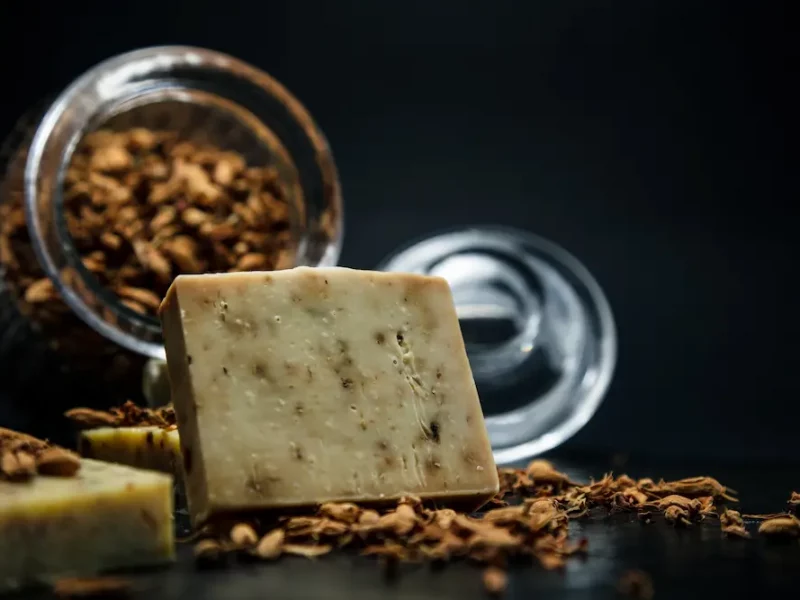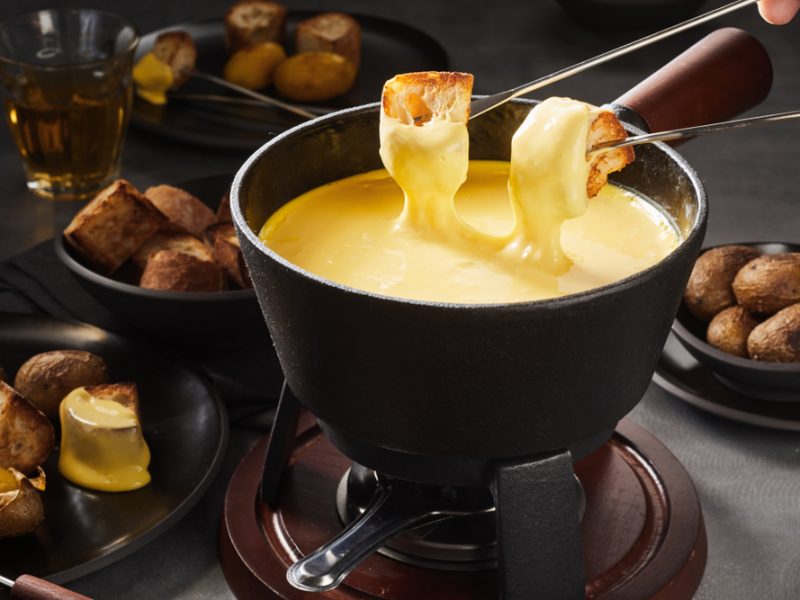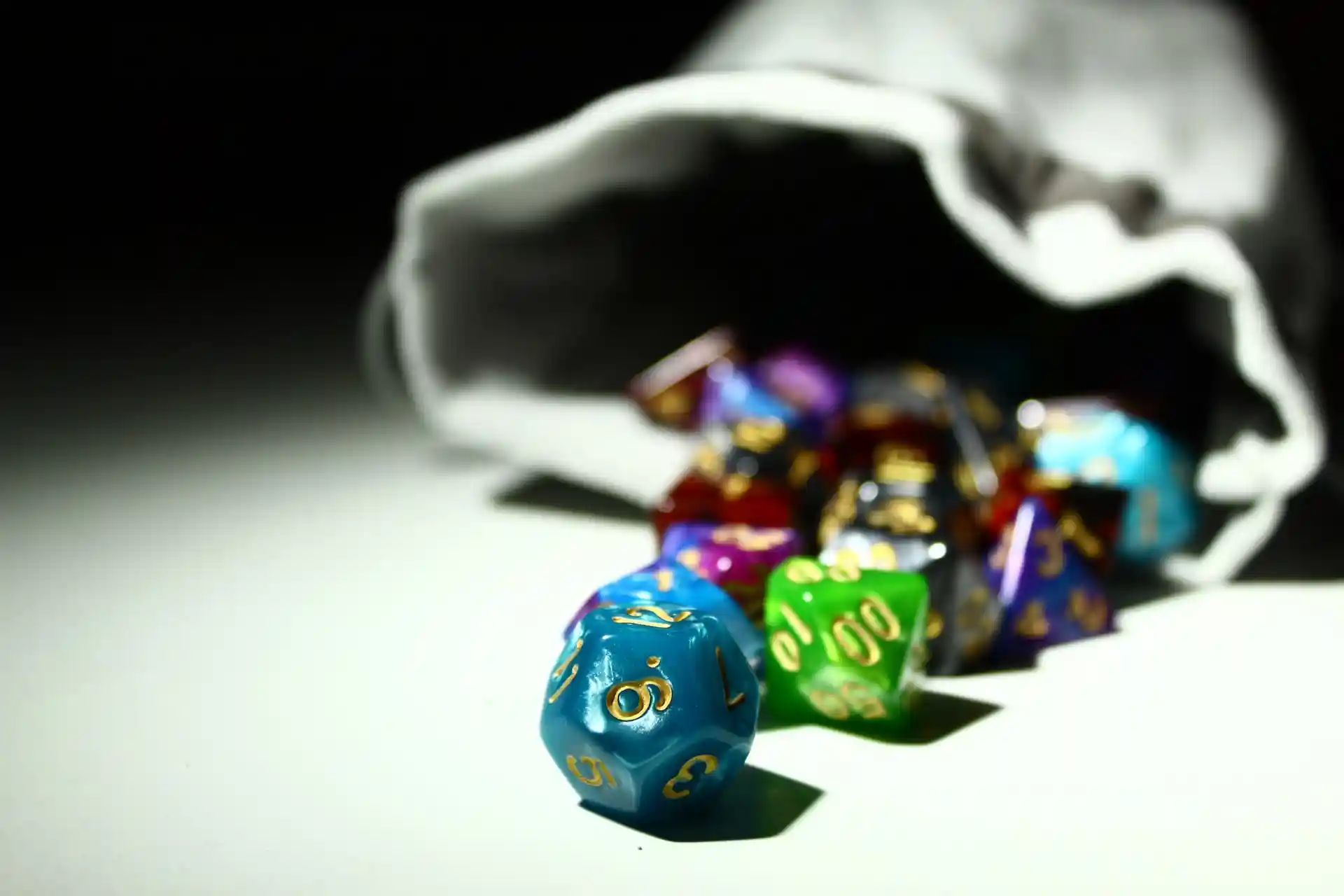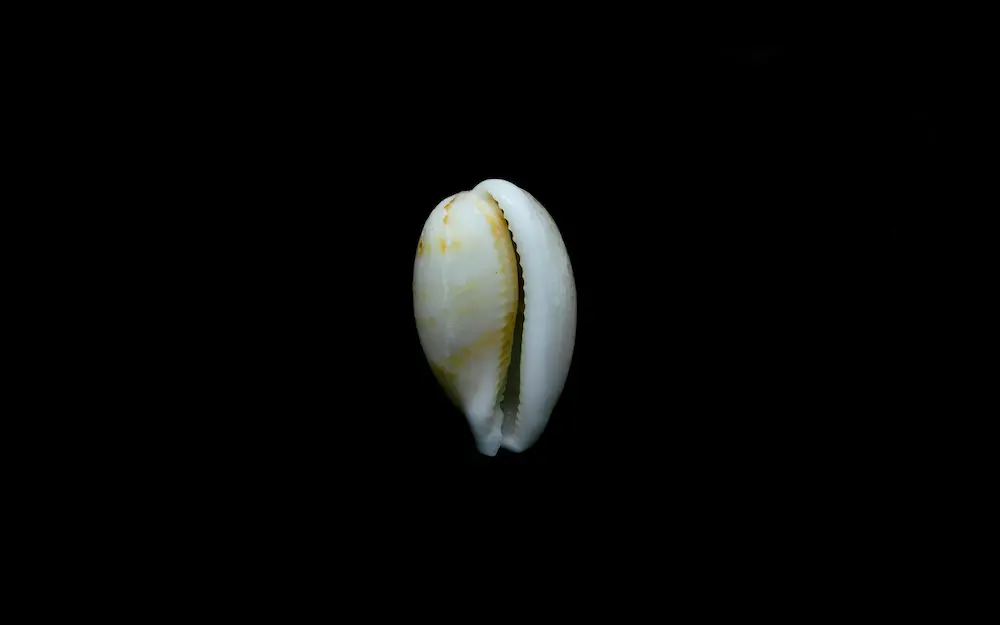
Witchy Wheys, The Art of Cheese Divination
Last Updated: July 27, 2022
“What splendid diversity reigns in the kingdom of cheese! The ripened curd can be white or blue, hard or soft, fresh or aged, from the milk of cows, sheep or goats, brined, pickled or untouched… This list could go on till the end of time! And each of them, every last slice, every morsel and crumb, not only brings with it an unmatched rush of sensory experience, but in the right hands can be made to reveal the universe’s most closely-guarded secrets.
For cheese, like the innards of sacrificed animals, the flight of a swallow or vivid dreams, can be used for divination. The depth and size of a cheese’s holes reveal when rains will fall in the coming year, while the color of mold veins tells who shall love whom, and the scent of a hard grana padano predicts which army will vanquish its foes and which shall perish.”
– The Witcher 3: Wild Hunt, CD Projekt Red, 2015.
Fans of the books and games of The Witcher might already be familiar with the word Tyromancy, or the Nobel Art of Cheese Divination, but does it have a tangible foothold in real life? The answer is yes!
Tyromancy, also known as Tiromanci, Tyromantia or Typomancy, is a form of divination based on the study of cheese. Yes, cheese. I know what you’re thinking, this will pair perfectly with oenomancy (wine divination), and you would be right!

History
The word Tyromancy stems from the Greek words turos (tryro) meaning cheese and manteia (mancy) meaning divination. The history of the practice goes back to around the middle ages, and just like any other form of divination, the art of Tyromancy assists in divining messages. This particular method does so through the coagulation, fermentation or patterns of cheese.
In the middle ages, cheese would be inspected and based on the shape, the number of holes, patterns of mould and other cheesy characteristics one could predict certain things, including rain, love, money, justice, health and death.
One medieval method offered various potential outcomes, with each piece of cheese denoting one path. Depending on which piece was eaten first by a mouse, or a worm, you could see which path was more likely, which links nicely to Myomancy (mice divination).
Another traditional approach was used by young country girls to divine the names of their future husbands. You could write the names of your potential sweethearts on individual pieces of cheese, and the first to grow mould would show the most likely suitor or ideal match.
Why choose cheese?
I’m certain you’ll be thinking but why not just sling some Tarot cards down? Why use cheese! Well, if you’re a fan of divination in general, not to mention history, and you’re looking for a new or unique way to expand your skills, enhance your practice or just show off to your community, cheese might be the way to go.
In the witchcraft community cheese has a spellbinding history.
“You may fascinate a woman by giving her a piece of cheese.”
– The Complete Book of Magic and Witchcraft, Kathryn Paulsen, 1971.
Cheese has associations with the Moon, grounding, health, joy, and fruition, with one of the main ingredients being milk, which has associations with love, spirituality, sustenance and nurturing. Alongside that, the process of cheese-making itself has long fascinated people, with the 12th-century mystic, Hildegard von Bingen (1089-1179), referring to cheese-making as “the miracle of life”, highlighting the magic way in which liquids become solids.
Likewise, in the book The Cheese and the Worms (1976), by Italian historian Carlo Ginzburg, many people in the early modern period (1450-1750) likened the creation of the universe to cheese-making: “all was chaos, that is, earth, air, water, and fire were mixed together; and out of that bulk a mass formed – just as cheese is made out of milk – and worms appeared in it.” – Menocchio, as cited by Ginzburg.
The history of cheese and witches stretches back a long-whey (sorry!) from stories of witches meddling with milk and cheese in order to enchant or curse individuals to connotations of women ensnaring or tempting men, much like when a rat smells cheese but is then caught in a trap.

Do you Fondue?
“Do you… fondue?”
– Steve Rodgers, Captain America: The First Avenger, 2011
Nowadays you might not fancy leaving cheese out to go mouldy, or get eaten by mice or worms, so how can you try this form of divination out for yourself? Unfortunately, this method of divination wasn’t really recorded in a way which could teach us how to accurately divine from it. So, a degree of creativity and intuition is required.
Fondue sounds like a delicious way to spend your evening, and if you can divine a message from it, even better! So, grab your cheese and a hot cauldron and let’s get to it!
What you’ll need:
- A good cheese (or two if you’re feeling fancy, try cheddar and gruyère) – 900g, or more if you wish!
- White wine, beer or lemon juice – 125ml
- Flour – 1 heaped tsp
- Dipping snacks: bread, charcuterie, vegetables etc
– Serves 6
You’ll want to grate your cheese and mix it together with flour to ensure the cheese stays thick. Next add your choice of wine, beer or lemon juice to a pan and let it simmer – this adds acidity to the mix which helps keep your concoction smooth. Slowly add your cheese/flour mixture to the pan and stir constantly. Once all your cheese is melted it’s ready to go.
Now gather around your cheese cauldron, and start dipping. As you dip your snacks, look for patterns and shapes. Turn it into a collective reading, or go it alone.
If divination boards are more your thing, grab a variety of cheeses and place them onto the board. Get your guests to ask a question, then let them choose the cheese they’re most drawn to. Try divining answers or messages from the cheese they’ve chosen. For example, if they choose a cheese with a bumpy rind, could that signify more than one choice, or perhaps they pick one with mould, which might mean potential abundance and growth. Put your intuition and inner wisdom to the test.
Place your fate in the hands of cheese magic
“Who would have guessed that your lovely wedding gift, that antique fondue pot once owned by the famous Friede Spakvinna, would have led me to the lucrative avocation of tyromancy.”
– www.grandiloquentwordoftheday.com
It’s safe to say this is a unique form of divination with a long history.
And hopefully, by now you’ve decided that some cheese divination could be quite fun and you’re open to trying it for yourself. If you do end up pairing it with oenomancy you could make quite an interesting group event out of it.
Which cheese will you choose?

Written by Vicky McAfee
Vicky McAfee is a witch, empath, creator, and writer. She’s a professional divination reader, dream decoder, and witchy business owner. Through her website and Instagram page Medieval Morticia she offers knowledge, guidance, and support through a variety of divination and witchery tools.
More divination articles for you to read ✨
This page is part of our collection of articles on various divination methods. If you enjoyed the read, then you’ll love the following articles.




